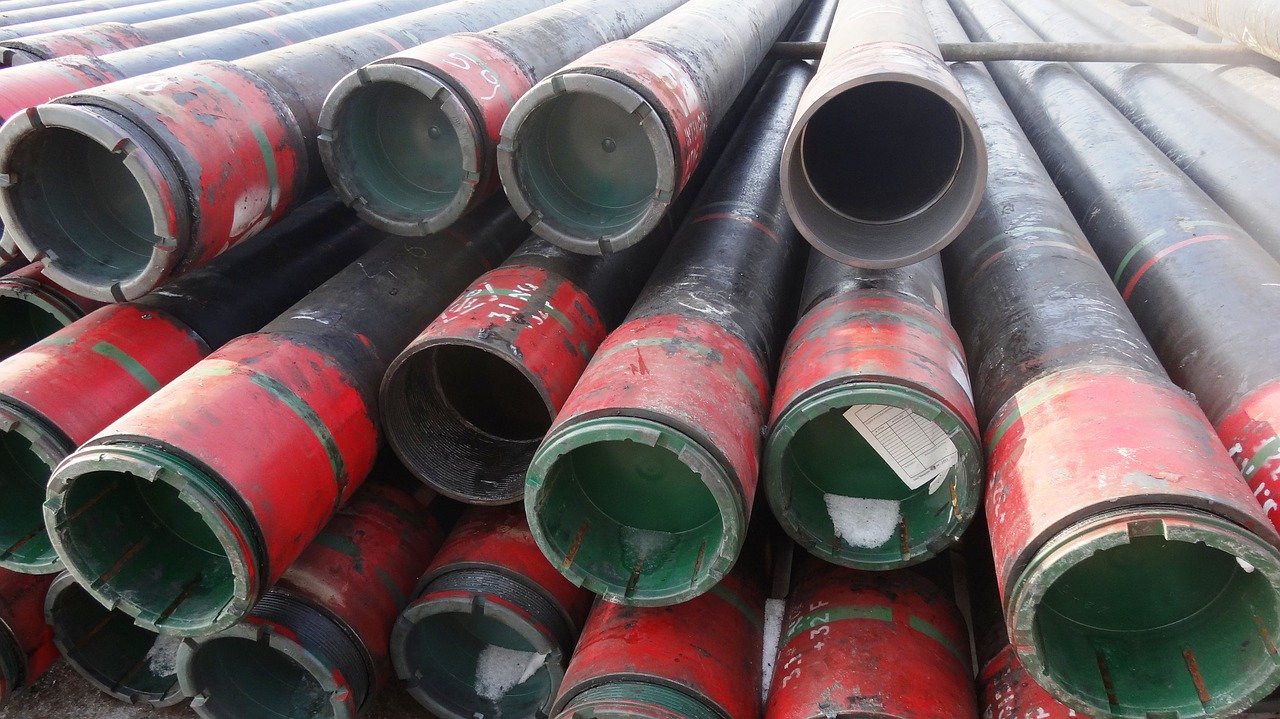The key result of the analysis, which includes exploration activity and results from 2017 to around October 2020, is that the highest return on exploration spend is achieved by smaller companies such as Source, Petrolia and PGNiG, which have participated in some of the most recent discoveries including Atlantis, Dugong, Shrek and Liatårnet.
The average return for the NCS is 1.3 x exploration spend, with about 1/3 of the companies performing above average.

Equinor is a key contributor to the average and generally performs well, hence being average means being a relatively good performer. However, the return has been low in recent years compared to earlier periods of >3x spend, which includes the Johan Sverdrup discovery. Arguably, the return in recent years is too low, but the WEPC analysis may be on the conservative side compared to benchmarks presented by Equinor in 2019 and asset trades that were made at high valuations.
The average finding cost of $1.9/boe, which is the after tax (22% share paid by the oil company) divided by the commercial volumes discovered, remains at attractive levels on the NCS. Again, Equinor is a large part of the average and performance is skewed with fewer companies better than average vs. worse.
Lundin – Buying assets more important than exploration
It is worth noting that Lundin’s average finding cost now stands at $3.7/boe, which is much higher than the WEPC-estimated $0.8/boe when looking at the company’s full history including the Edvard Grieg and Johan Sverdrup discoveries. Lundin communicated the same, low finding cost when announcing the recent purchase from Idemitsu of parts of the Wisting and Alta discoveries in the Barents Sea. For this transaction, Lundin pays around $2/bbl. The difference is important: If Lundin could discover at $0.8/boe, they should continue to do so. However, recent years’ lower performance makes buying existing discoveries a better choice and Lundin now expects their 2020 exploration spend to be halved from the 2018 spend.
NCS remains attractive, although at moderate levels
In summary, the exploration economics for the NCS remains attractive, although at moderate levels. Individual company performance varies and is skewed. The highest returns, for the period analysed, are achieved by companies that have participated in some of the most recent discoveries. Maintaining high performance over time and at scale is demanding, as evidenced by Lundin who has resorted to buying discoveries. If exploration does not deliver, then buying resources is a viable alternative, although this also comes at a cost and with other risks and opportunities compared to organic exploration (see also GEO/06 2019).
The economics of exploration performance is determined by the value of discoveries made vs. the money spent on making the discovery, or exploration spend.
Exploration spend includes both drilling and non-drilling activities (see GEO 06/2020 for reference). The NCS exploration spend is published for all companies combined by SSB.
For the individual companies’ spend, Wittemann E&P Consulting (WEPC) has inspected the annual reports (and the tax returns) which include the required details, when taking account of the expensed and net capitalized spend (after any write-off from previous years which is included in the current year’s expense).
The economic value of the discoveries depends on a variety of factors, like cost, timing of a possible development, and of course oil price. For WEPC’ analysis, we assign a “typical” reserve value in $/boe which is believed to apply through the industry cycle.
Having compiled the dataset for all companies active since 2017 on the NCS, WEPC has estimated the finding costs and return on exploration spend for the individual companies. During the period, more than 40 companies were active (the current companies include the predecessor companies, e.g., Vår includes Eni, Point, and ExxonMobil; Neptune includes ENGIE and VNG).
ANDERS WITTEMANN
Wittemann E&P Consulting (WEPC)






